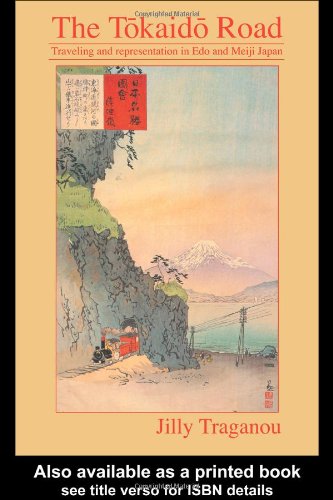

Most ebook files are in PDF format, so you can easily read them using various software such as Foxit Reader or directly on the Google Chrome browser.
Some ebook files are released by publishers in other formats such as .awz, .mobi, .epub, .fb2, etc. You may need to install specific software to read these formats on mobile/PC, such as Calibre.
Please read the tutorial at this link: https://ebookbell.com/faq
We offer FREE conversion to the popular formats you request; however, this may take some time. Therefore, right after payment, please email us, and we will try to provide the service as quickly as possible.
For some exceptional file formats or broken links (if any), please refrain from opening any disputes. Instead, email us first, and we will try to assist within a maximum of 6 hours.
EbookBell Team

0.0
0 reviewsThroughout the Edo era, the Tôkaidô highway was the most important route of Japan and transportation was confined to foot travel. In 1889, the Tôkaidô Railway was established, at first paralleling, and eventually almost eliminating the use of the highway.
During both periods, the Tôkaidô was a popular topic of representation and was depicted in a variety of visual and literary media. After the installation of the railway in the Meiji era, the Tôkaidô was presented as a landscape of progress, modernity and westernisation.
Such representations were fundamental in shaping the Tôkaidô and the realm of travelling in the collective consciousness of the Japanese people.